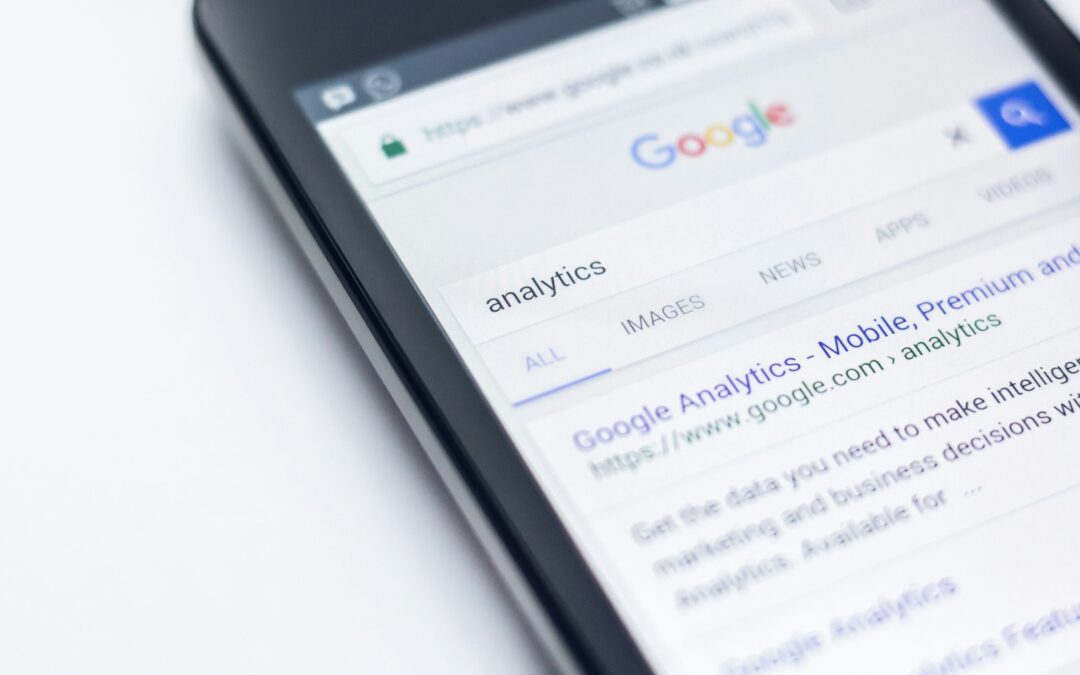How Automation Streamlines Digital Marketing and Enhances Cost Efficiency
The Impact of Automation on Cost Efficiency in Digital Marketing
In the evolving world of digital marketing, the role of automation in reducing digital marketing costs is increasingly becoming a game changer for businesses. Automation allows companies to streamline repetitive and time-consuming tasks, minimizing the need for manual intervention and reducing labor costs. For business executives, mid-level managers, and entrepreneurs, leveraging automation tools is not just about saving time—it’s about optimizing resources to enhance both cost-effectiveness and campaign efficiency.
One of the primary benefits of automation is its ability to handle a wide range of tasks, from email marketing and social media posting to customer relationship management (CRM) and lead nurturing. Platforms such as HubSpot, Mailchimp, and Buffer automate marketing workflows, allowing businesses to focus on strategy and creativity rather than mundane tasks. By automating these processes, companies can reduce the size of marketing teams or reallocate human resources to more high-value tasks, ultimately saving on operational costs while boosting productivity.
In addition to operational efficiency, automation enhances the precision and consistency of digital marketing campaigns. By using AI-powered tools to track user behavior, segment audiences, and personalize content delivery, businesses can target their campaigns more effectively, ensuring they reach the right audience at the right time. This targeted approach increases conversion rates while reducing the costs associated with poorly executed campaigns. In today’s competitive digital landscape, businesses that do not adopt automation risk falling behind those that utilize these technologies to maximize cost-efficiency and performance.
AI and Generative AI: Revolutionizing Marketing Automation
The integration of artificial intelligence (AI) and generative AI into digital marketing automation is further revolutionizing the way businesses approach cost reduction. AI-powered automation tools are capable of analyzing vast amounts of data in real-time, providing businesses with insights that were previously unattainable. This data-driven approach enables companies to optimize their campaigns by identifying the most effective strategies and making necessary adjustments swiftly, thus improving ROI while reducing costs.
For instance, AI tools such as Google Analytics and HubSpot use predictive analytics to forecast customer behavior and suggest the best course of action for marketers. This capability allows businesses to optimize ad spend, ensuring that marketing dollars are invested in strategies that are likely to deliver the highest returns. Furthermore, generative AI tools like Jasper or ChatGPT can automate content creation, producing blogs, social media posts, and even ad copy based on data insights. This not only reduces the costs associated with hiring content creators but also allows businesses to scale their content marketing efforts without increasing headcount.
Additionally, the role of AI in customer segmentation and personalization cannot be overstated. AI-driven marketing platforms allow businesses to create highly personalized customer experiences by analyzing purchasing behavior, browsing history, and social media activity. By tailoring marketing messages to specific segments, businesses can increase engagement and reduce customer acquisition costs. For example, dynamic email campaigns that are customized to the recipient’s preferences and past interactions are more likely to convert leads into customers, all while minimizing wasteful spending on ineffective strategies.
Leadership and Change Management in Implementing Marketing Automation
While the role of automation in reducing digital marketing costs is undeniable, the successful implementation of automation technologies requires strong leadership and effective change management. Business leaders must be prepared to guide their teams through the digital transformation process, ensuring that marketing departments are aligned with the broader strategic goals of the company. Automation can be disruptive if not managed properly, so it’s critical for leaders to communicate the benefits of these tools and provide the necessary training for employees to adapt.
Executive coaching services can play a significant role in helping leaders navigate this transition. Coaching equips leaders with the skills to manage change, foster collaboration, and ensure that marketing teams are using automation tools to their fullest potential. It also helps leaders develop the strategic mindset necessary to integrate automation into broader business objectives, ensuring that cost savings from automation translate into long-term business success. For example, leaders who understand the potential of AI and generative AI can make informed decisions about which tools to adopt and how to implement them effectively across their marketing departments.
Moreover, project management is crucial when rolling out marketing automation. Businesses must establish clear goals, timelines, and metrics for success to ensure that automation efforts are aligned with company objectives. By integrating automation tools with project management software such as Trello or Asana, businesses can streamline task allocation, monitor progress, and ensure that teams remain accountable throughout the implementation process.
#DigitalMarketing #Automation #AI #GenerativeAI #CostReduction #BusinessEfficiency #Leadership #ExecutiveCoaching #ChangeManagement #ProjectManagement

